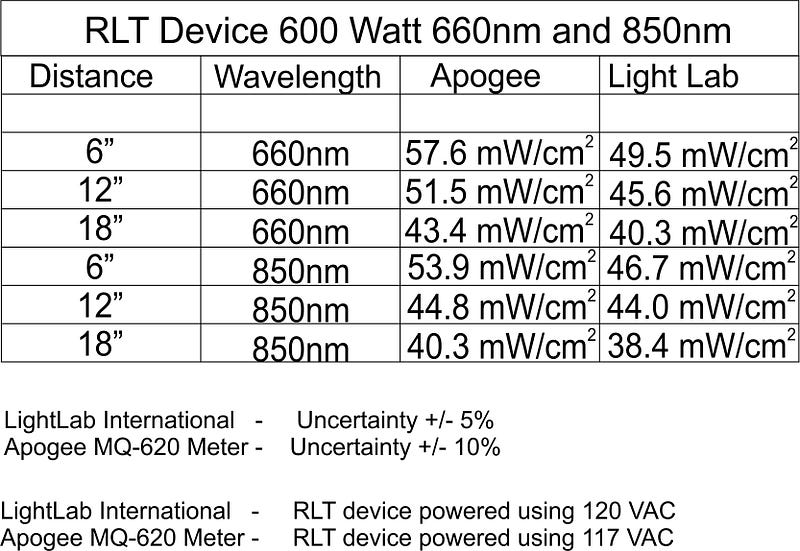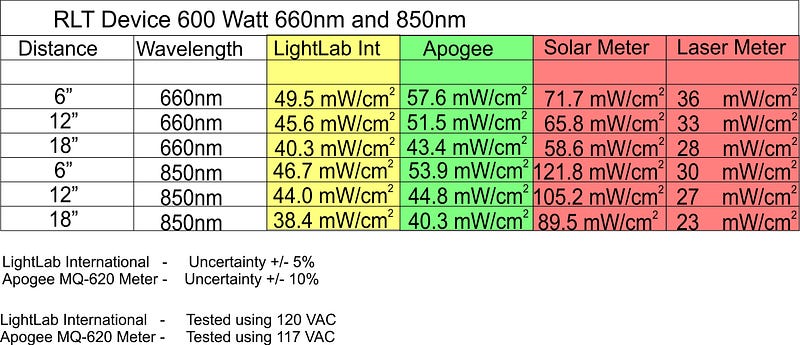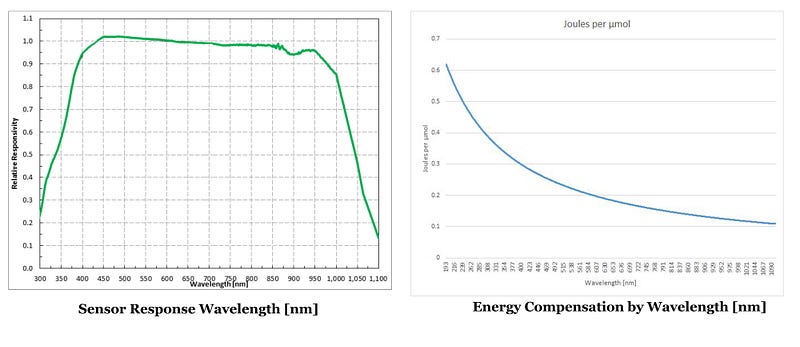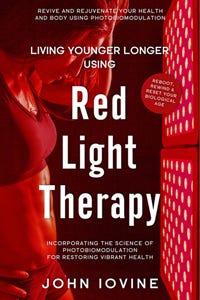The Inaccuracy of Solar and Laser Power Meters in Light Measurement
Written on
Understanding Light Intensity in Photobiomodulation
To achieve the correct therapeutic dose from your Photobiomodulation device, it is crucial to know the light intensity in mW/cm². Unfortunately, many manufacturers and authors utilize flawed instruments for measuring this critical parameter. Specifically, solar power meters and laser power meters yield inaccurate readings, failing to represent the actual light output of LED-driven Red Light Therapy units.
Solar Power Meters: A Misguided Choice
Solar power meters are designed to measure sunlight and are therefore broad-spectrum devices. Their use in measuring the narrow wavelength light emitted by red light therapy units is misguided. Numerous studies, including professional laboratory reports, have shown that these devices consistently provide inflated readings. This discrepancy arises because solar meters tend to report higher light intensities than are genuinely present.
In this video, GembaRed Founder Andrew LaTour discusses the pitfalls of using inadequate measurement tools in the red light therapy industry.
Laser Power Meters: Another Misfit
Similarly, laser power meters are intended for measuring laser energy, not the light emitted by LED-driven red light therapy units. It is a common misconception that these meters can be effectively employed for this purpose, but their readings are equally unreliable.
As someone with over twenty-five years of experience in working with lasers and writing about holography, I initially doubted the claims of their efficacy in measuring RLT. However, I decided to verify these assertions after encountering misleading information.
Choosing the Right Instrument: The Apogee MQ-620
During my brief stint selling Red Light Therapy units, I prioritized precise light irradiance measurements for my customers. After extensive research, I opted for the Apogee MQ-620 meter. Contrary to claims from some non-experts and scammers, this device, developed by seasoned scientists with 25 years of experience, is suitable for measuring light intensity from LEDs. For those interested, further details on the MQ-620's accuracy can be found later in this article.
Confirming the Accuracy of the Apogee Meter
I conducted light intensity measurements with my 600-watt RLT unit, meticulously noting the results before submitting the unit to LightLab International for independent photometric testing. The comparison confirmed the accuracy of my readings.

Testing Procedure and Findings
The 600-watt RLT unit features a switch to select between 660 nm and 850 nm wavelengths, allowing for independent testing of each. Measurements were taken at distances of 6”, 12”, and 18” from the device's center.
When I evaluated the Tenmars Solar Power Meter TM-206, a commonly used device, I discovered significant inaccuracies. The readings for 660 nm light showed a +40% increase over actual power, while the readings for 850 nm light registered a staggering +100% increase.
In this video, experts discuss the limitations of laser power meters, offering insight into their damage thresholds and inaccuracies.
The Reality of Laser Power Meters
I have access to four different laser power meters, but even the most reliable, the UT385, produced inaccurate readings for light intensity from LED-driven red light therapy units. While it performed well for laser measurements, it showed a -30% discrepancy for 660 nm light and about -35% for 850 nm.
Putting the Data Together
The following table consolidates all the findings from my experiments, highlighting the discrepancies observed across different measurement methods.

Conclusion: Trusting the Right Instruments
This data reinforces that neither solar nor laser power meters should be relied upon for measuring light intensity from LED-driven RLT devices. Any claims of accuracy from these meters should be approached with skepticism, particularly since their manufacturers do not endorse their use for this specific purpose.
In contrast, Apogee Instruments has a long-standing reputation for precision in measuring LED light intensity. The Apogee MQ-620, with its extended range, accurately reads light irradiance from 340 nm to 1040 nm, supported by a flat response across these wavelengths.

In summary, for reliable measurements in red light therapy, the Apogee MQ-620 PAR meter stands out as the best choice, ensuring accurate evaluations and enhancing the therapeutic effectiveness of your treatments.
More Insights on Red Light Therapy
For those interested in further exploring red light therapy, I recently published a book titled “Living Younger Longer Using Red Light Therapy,” available on Amazon and my website.
